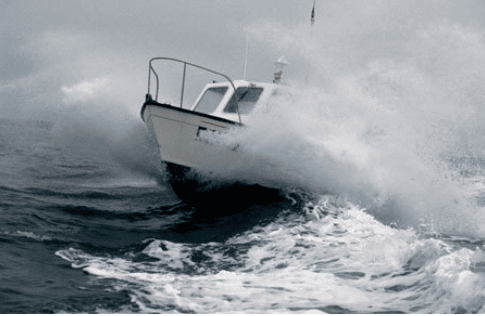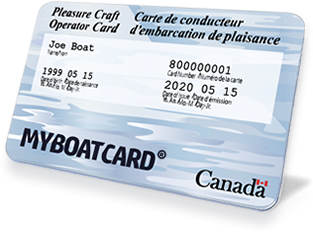Caught in a Storm
If you get caught out on the water in bad weather or you feel there is an approaching storm, take the following steps to prepare:
 Ensure that all passengers are wearing a properly fitted lifejacket or PFD;
Ensure that all passengers are wearing a properly fitted lifejacket or PFD;- Slow down to ensure you can maintain control of your pleasure craft;
- Always proceed with caution;
- Stay alert and keep a sharp look out for approaching boats and debris in the water;
- Prevent water from entering the boat by closing all hatches and ports;
- Make sure all passengers are sitting low and near the centerline in the boat;
- Secure loose gear but have emergency gear (anchor, bailers, and paddles) ready for use;
- Head for the nearest marina that you can approach safely to take shelter, especially when there is lightning present;
- If lightning is present, unplug all electrical items, remain low in the boat and away from metal objects;
- If your engine fails; prevent the current from carrying your vessel into shallow water or onto rocks by dropping your anchor;
- To keep smaller boats, such as kayaks, stable and prevent rolling in high waves, it is recommended to point the bow into the waves at a 90 degree angle;
- To keep larger boats, such as a cabin cruiser, stable and prevent rolling in high waves it is recommended to point the bow of the boat into the waves at a 45 degree angle; and
- Do not hesitate to contact a Coast Guard MCTS Center (i.e. VHF channel 16) if you become overcome by fog while operating near commercial traffic lanes.
REMEMBER: After a storm with heavy rain, always proceed with caution. Heavy rain can cause water levels to rise in streams and rivers, which can lead to more debris on the water’s surface.

